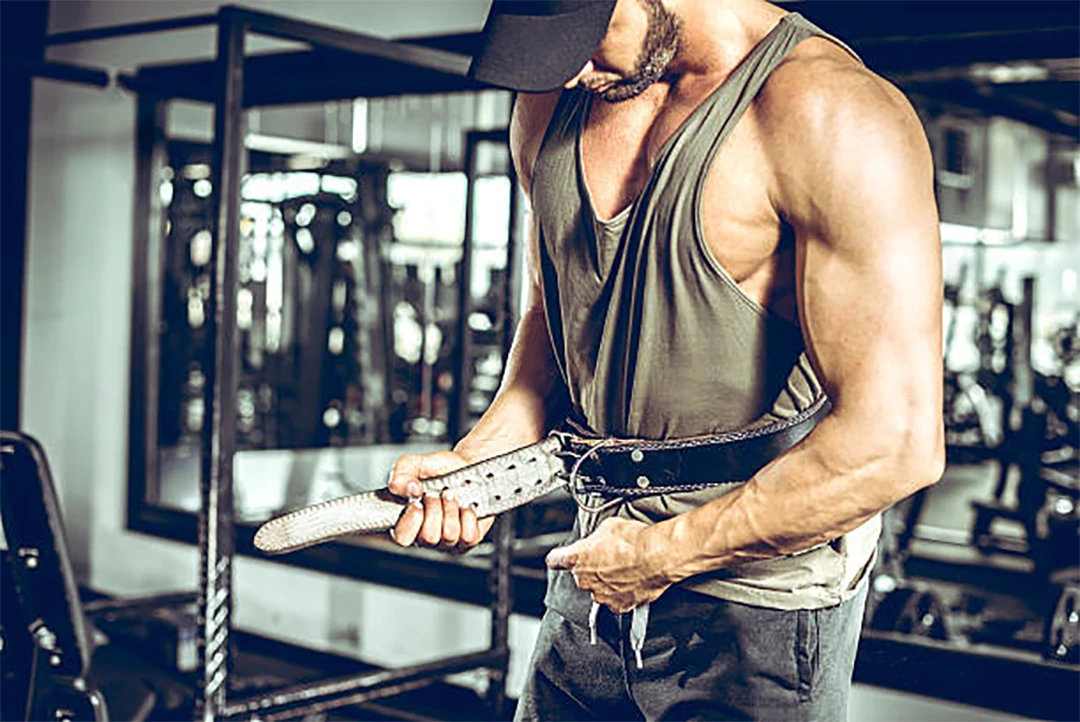
A weightlifting belt can be a game changer for anyone serious about their gym sessions. With the right fit, a quality belt can offer much-needed support for the lower back, helping lifters maintain better form and reduce the risk of injury. Choosing the correct size and design is crucial, as a belt that’s too tight or loose can actually hinder performance.
Comfort and durability are key factors when selecting a weightlifting belt. Brands like Gunsmith Fitness provide options that balance both, allowing gym goers to focus on their lifts without worrying about discomfort or wear and tear. Investing in a belt that withstands heavy workouts while providing adequate support can make a significant difference in training outcomes. The last thing you want is your lever popping over mid lift.
For those unsure about sizing, it’s best to check the manufacturer sizing guides to ensure the best fit. Don’t go off your waist size, measure around your navel then check with the sizing chart and you’re good to go.
Understanding the Weightlifting Belt
Weightlifting belts are crucial for athletes looking to enhance their performance and support their core during heavy lifting sessions. They provide essential stability, making them essential for various activities like powerlifting and CrossFit.
Types and Materials
With so many to choose from and so many materials, it can be tough to choose the right one for you. Let’s dig into some of the options.
- Leather Belts: Known for durability, leather belts offer excellent support. They mould to the body over time, providing a comfortable fit. The most common are 5-7mm but they go all the way up to 13mm. With that comes more support but the caveat is they are much stiffer.
- Nylon Belts: Lighter than leather, nylon is a popular choice for those engaged in dynamic movements, like CrossFit. Generally more flexible and breathable.
- Neoprene Belts: These are often chosen for their comfort and affordability. Neoprene belts provide a decent level of support without being too rigid. Both nylon and neoprene should be cheaper than leather
Benefits of Belt Usage
We’ve already covered that a belt can significantly improve performance. When wearing a belt, and bracing your core, it increases intra-abdominal pressure, which enhances stability.
Some of the key benefits include:
- Enhanced Stability: A belt supports the lower back, helping to maintain proper form during heavy lifts.
- Injury Prevention: By providing back support, belts may lower the risk of injuries associated with lifting heavy weights.
- Improved Lifting Capacity: Many find they can lift heavier weights when wearing a belt due to increased confidence and stability.
Selecting the Right Belt
Factors to consider are the of sizing, fit, and specific features that cater to individual needs.
Sizing and Fit
When selecting a weightlifting belt, proper sizing is paramount. Most brands offer belts in a range of sizes, commonly listed as XXS to Large, accommodating various waist sizes. A well-fitted belt should sit firmly on the waist without being uncomfortably tight.
To find the right size, measure the waist at the navel and refer to the brand’s sizing chart. Belts typically range from 4-inch widths with a 10mm thickness, offering sufficient support without bulkiness. A correct fit ensures optimal compression during lifts, allowing for maximum stability.
Features to Consider
Weightlifting belts come with a variety of features that can affect performance. Leather belts are known for durability but may require a break-in period, while nylon belts offer flexibility and comfort.
Looks
Of course this comes down to personal preference and not as important as the support. Maybe you’re looking for a simple all black belt, perhaps you want to go all out and design your own custom lifting belt with your name on or your favourite characters
Adjustability
If you’re going with leather, you have a number of prong options to choose from such as single/double and lever. Each one has their pro’s and cons. Options like lever belts allow for easy size changes, while Velcro straps provide quick adjustments. Some belts feature a quick-release buckle, ideal for convenience during workouts.
Consider additional support features, such as padding or reinforced stitching, which can enhance comfort. Ultimately, the choice between materials and designs boils down to personal preference and specific lifting goals.
Brands and Products
When selecting a weightlifting belt, it’s essential to consider various brands and their unique offerings. Check out their reviews, have a look at their social media. Cheaper isn’t always better and you should be looking for a belt that provides a solid warranty.
Comments
comments